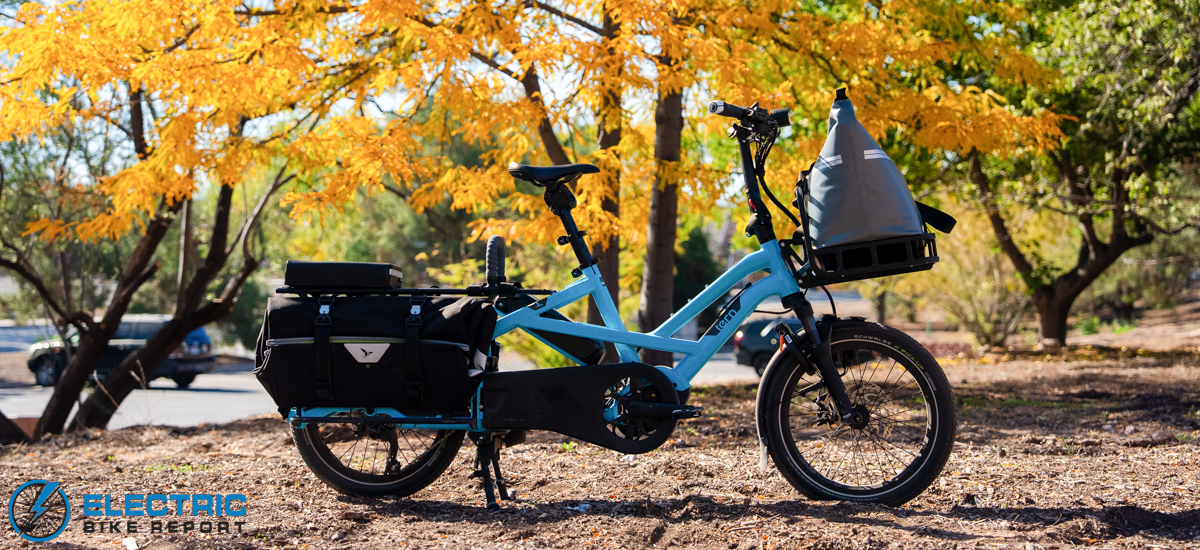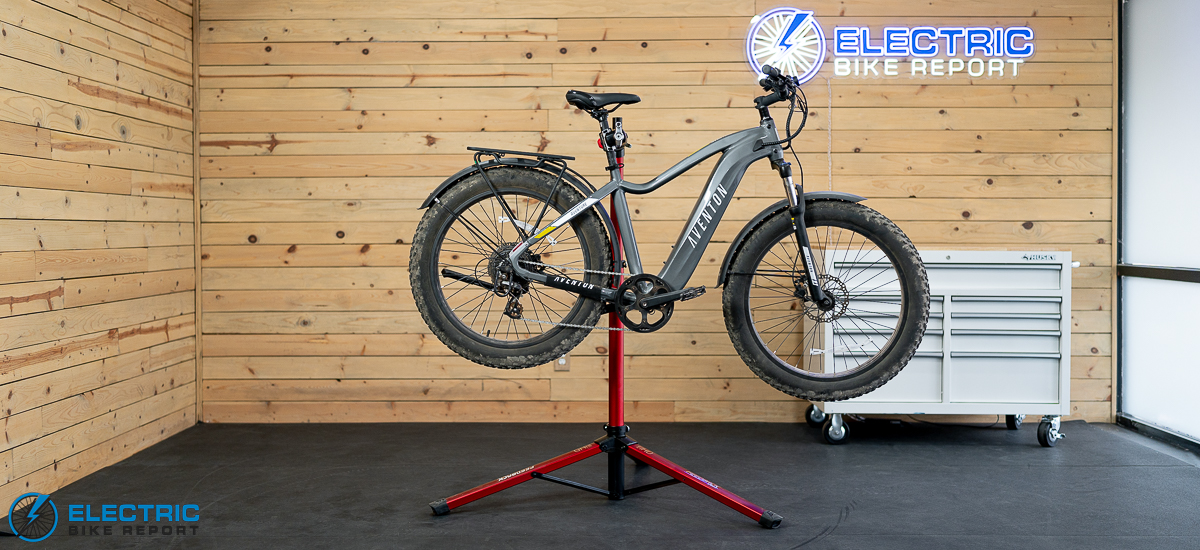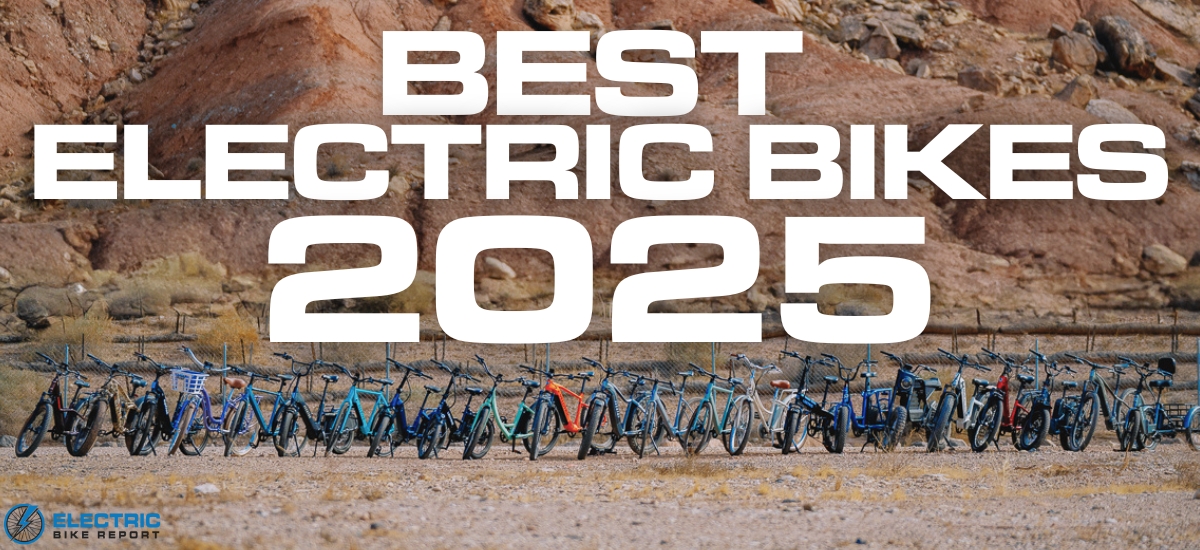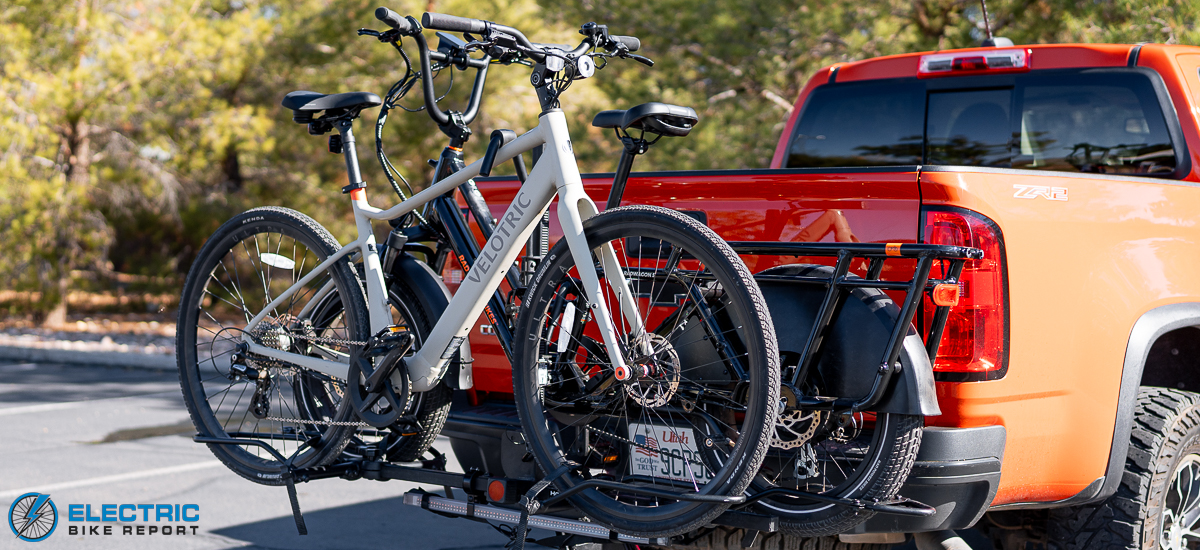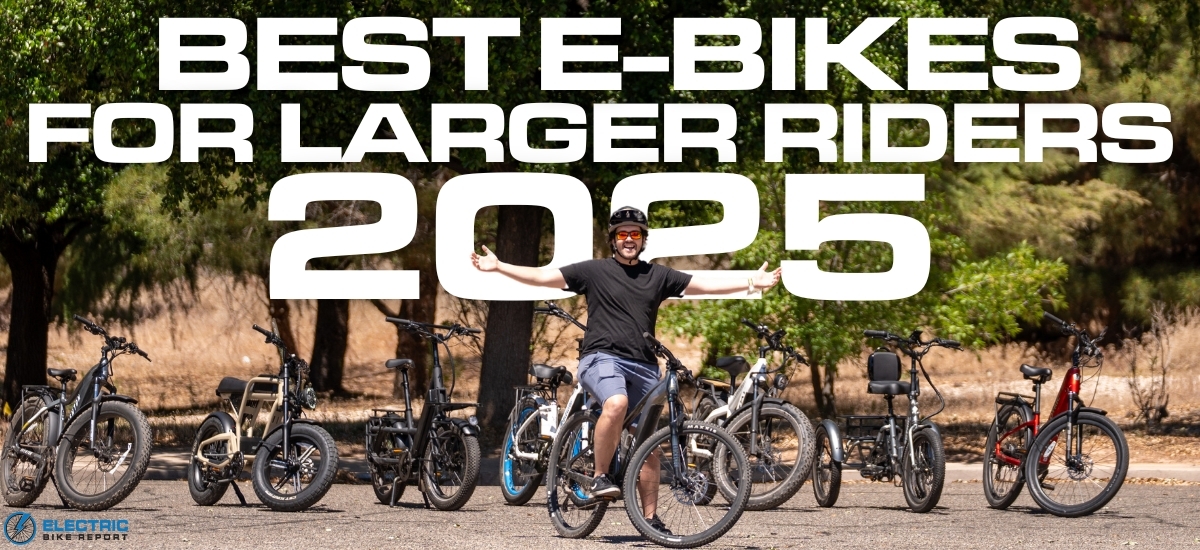Two motors mean tons of power, but the acceleration here is impressively smooth thanks to well-tuned torque sensor programming. The GoldenR Pro packs in a ton of features that make it a solid value, provided you’re comfortable with a few unbranded components along for the ride.
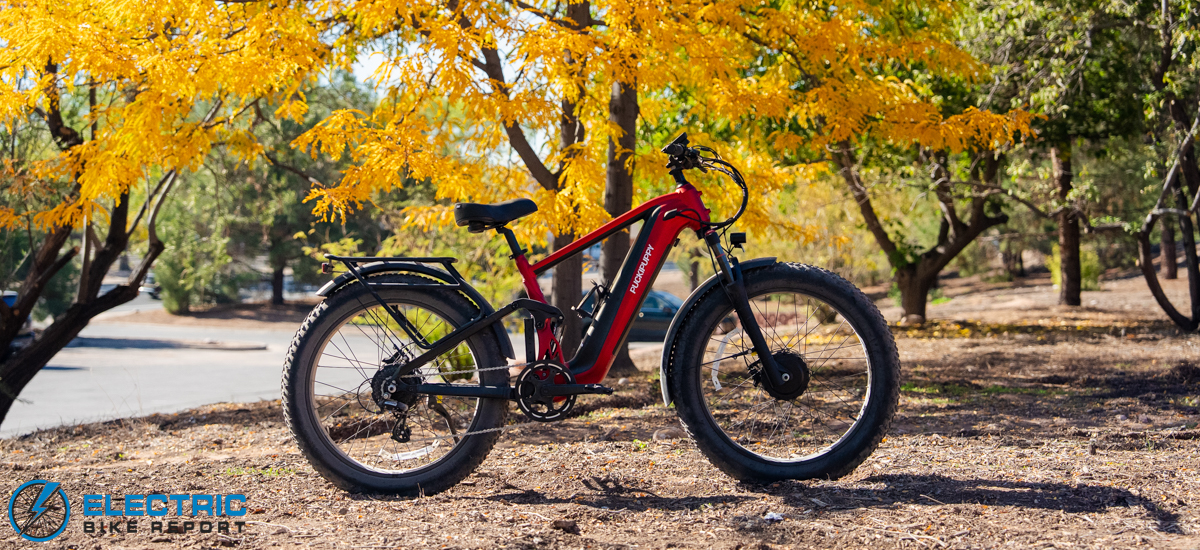
There are fat bikes you can take off-road, and then there are fat bikes meant for off-roading. The Puckipuppy GoldenR Pro is very much the latter.
It crams an impressive list of features into its frame, highlighted by a dual-motor setup for all-terrain traction and a dual-suspension system that keeps things cushy.
What surprised me most was the control. The suspension feels budget-friendly yet balanced: it’s comfortable without being too soft or unstable. The dual motors use a torque sensor for refined power delivery, and while you can still jam the throttle for easy takeoffs or climbs, this dog felt more like a trained companion than a wild puppy.
It reached the podium in our hill test, made great use of its battery in our range runs, and rode comfortably across the miles we put on it. Not bad at all for a bike that costs nearly half of what similar dual-motor builds go for.
By now you might be wondering, “So what’s the catch?” Fair question. You’ll have to live with a few quirks: a slow charger for such a large battery, a one-size frame that realistically fits maybe a 5” rider height range, and several unbranded components without a long-term track record.
Ultimately, the GoldenR Pro delivers more positives than I expected. It’s an excellent choice for exploring backcountry terrain, hunting excursions, or simply gliding over sand and snow—so long as you’re not tackling overly technical trails.
For the full breakdown and test results, check out the complete Puckipuppy GoldenR Pro review below.
[Read more…] about Puckipuppy GoldenR Pro Review | Man’s Dual-Motor Best Friend?


